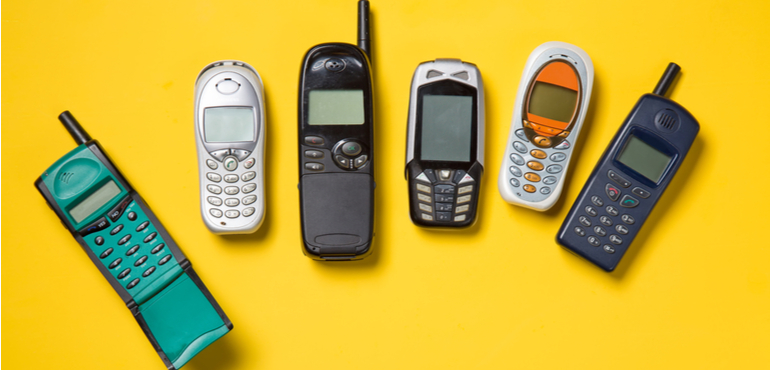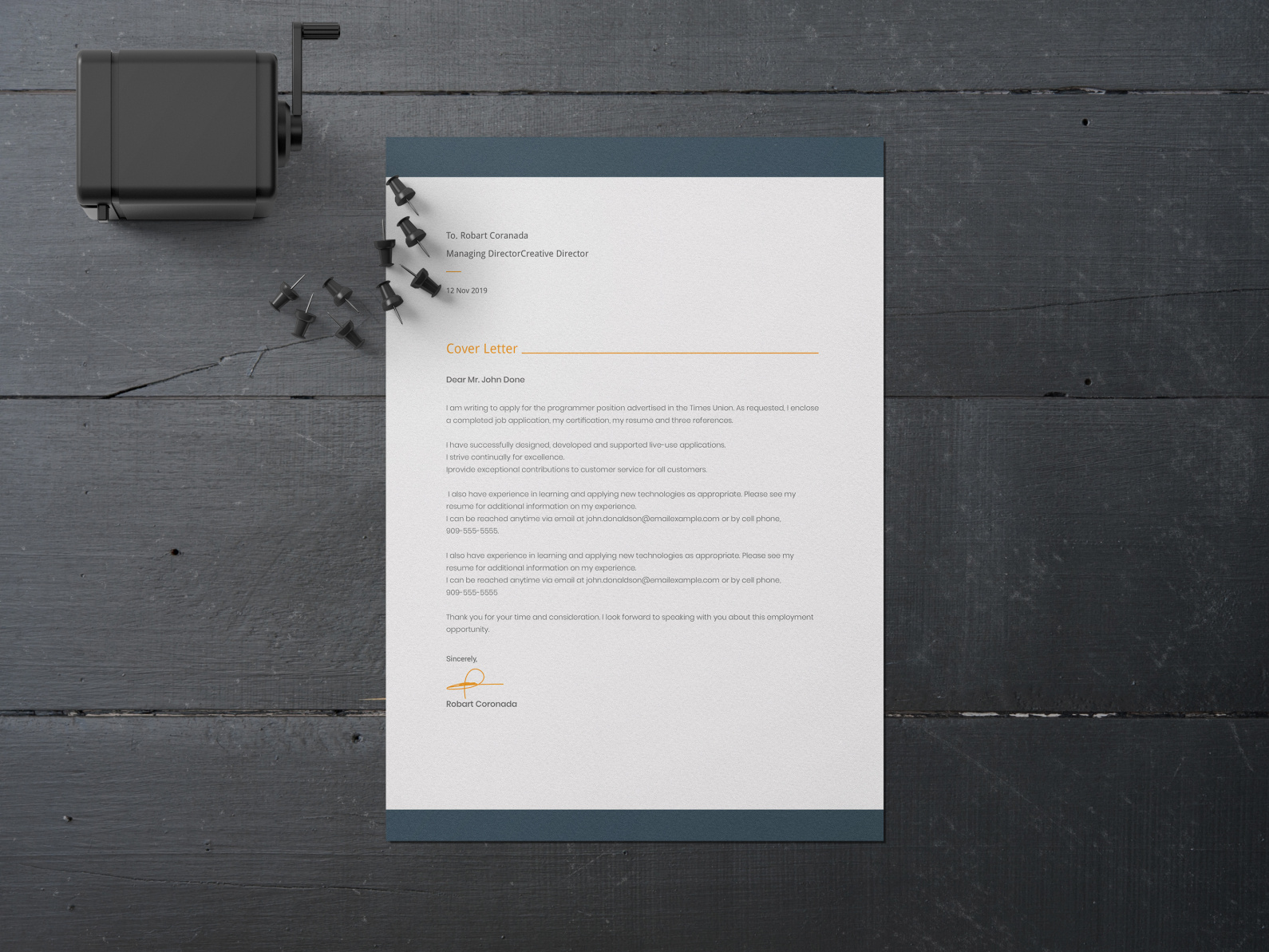


When a customer moves and cancels their telephone service, an intercept message is often used even if no new number has replaced the old one. The number you have reached has been changed, or is no longer in service. An example of a Number Referral Service intercept message is: This service is known in America as Number Referral Service, and in Britain as Ceased Number Intercept. The option also exists to replace the generic message with a customized message, as applicable, such as in cases where a subscriber's telephone number has changed, usually due to relocation. We're sorry you have reached a number that has been disconnected or is no longer in service. Telephone intercept recording by Jane Barbe for the Bell Telephone System in the United Statesīy the 1980s, a standardized generic message was adopted, and is in use in a vast majority of localities in America today. In rural areas, the name of the town from which the exchange service is furnished was often included in the message this was especially true if the telephone company providing the service was not part of the Bell System. The number you have reached is not in service at this time. I'm sorry the number you have reached is not in service, or temporarily disconnected. In the 1970s, for example, New York Telephone used the following: The precise wording of intercept messages is left to the discretion of each local telephone company, except that most such messages nowadays start with one of several special information tones, standardized by Telcordia when it was still called Bellcore. Many of these recordings end with the phrase "This is a recording" to let the callers know that they have not reached a live operator. Jane Barbe and Pat Fleet are well known for being the voices behind many intercept messages originating in the United States. These messages are generally performed by female voices, although male voices are used as well. Initially, the caller was given the option to remain on the line for a live operator after the announcement was completed this has since been removed. The first automatic intercept systems used rotating magnetic drums containing multiple recorded phrases, with a computer or mechanical control system playing phrases in the proper sequence. The operator would ask what number the subscriber was attempting to call, determine the reason for the intercept and relay the information to the calling party.

Before automation, calls to a disconnected or non-working number would be diverted to an intercept operator.


 0 kommentar(er)
0 kommentar(er)
